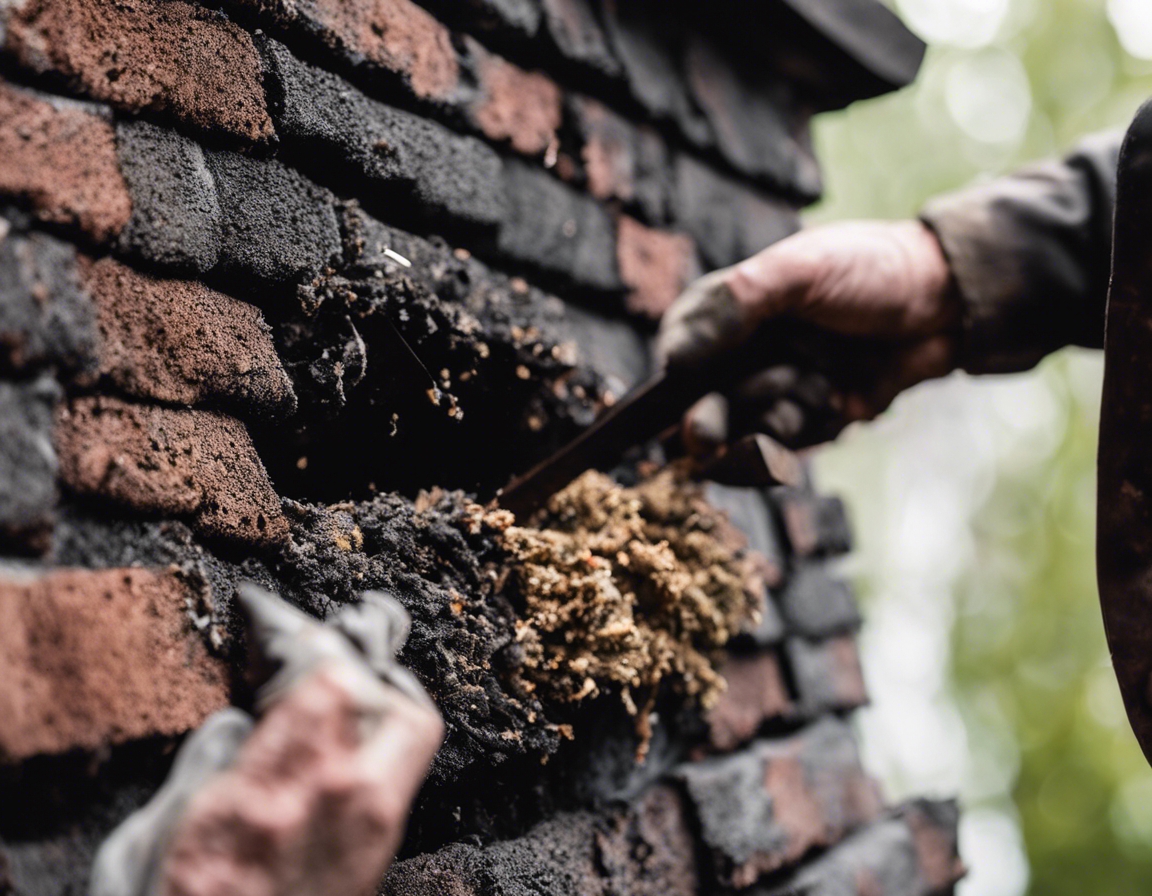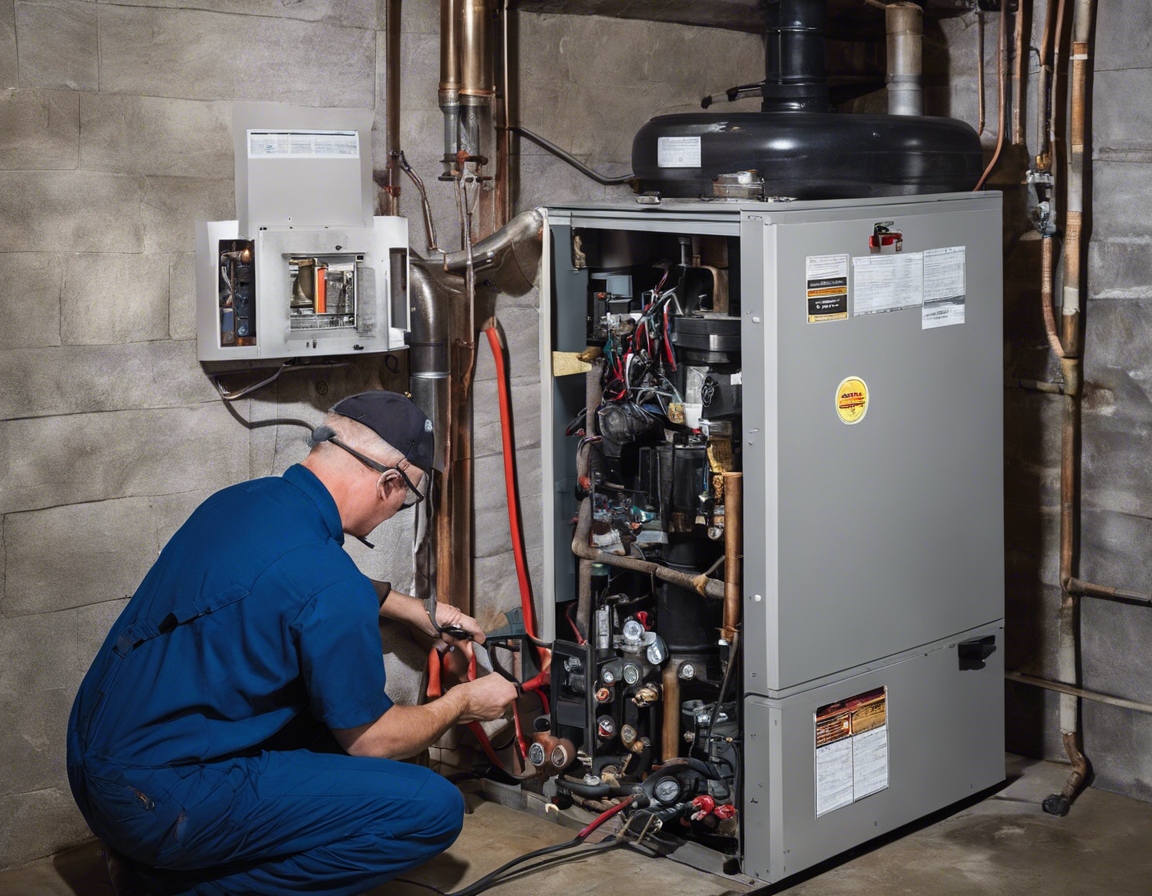5 signs it's time for a chimney sweep
Chimneys are a quintessential part of many homes, providing warmth and comfort during the colder months. However, they require regular maintenance to ensure they operate safely and efficiently. Neglecting chimney care can lead to dangerous and costly consequences. In this post, we'll explore the five telltale signs that indicate it's time to call in the professionals for a chimney sweep.
Sign #1: Visible Soot and Creosote Buildup
One of the most obvious signs that your chimney needs attention is the presence of soot and creosote. These substances are byproducts of burning wood and can accumulate on the inner walls of your chimney. If you notice a black, tar-like coating or significant soot deposits, it's a clear signal that a sweep is necessary.
Soot is a fine black powder, while creosote is a darker, more viscous substance. Both can be spotted during a visual inspection of your chimney's interior.
Accumulation of soot and creosote can lead to chimney fires, as they are highly flammable. Regular sweeping reduces this risk significantly.
Sign #2: Poor Fire Performance and Smoke Issues
If you're experiencing difficulty starting a fire or notice that smoke is not drafting properly, it could be due to a blockage in your chimney. This not only hampers the efficiency of your fireplace but can also pose serious health risks by allowing smoke to enter your living space.
Common signs include smoke billowing into the room instead of rising up the chimney, a decrease in the heat output, and a struggling fire that goes out frequently.
Blockages can be caused by a buildup of soot, creosote, or even nesting materials from animals. They prevent the chimney from drawing air properly, which is essential for a good fire.
Sign #3: Unusual Odors from the Chimney
A properly functioning chimney should not emit odors into your home. If you start to notice strange smells, particularly when it's not in use, it could be a sign of excess moisture or buildup that needs to be addressed.
Odors can be caused by dampness mixing with soot and creosote, creating a musty or acrid smell. This can indicate a need for not only cleaning but also an inspection for potential water intrusion issues.
Persistent odors can also affect indoor air quality and may pose health risks, especially for individuals with respiratory issues.
Sign #4: Time Since Last Sweep
Even if you haven't noticed any of the above signs, it's important to keep track of the time since your last chimney sweep. Regular maintenance is key to preventing issues before they arise.
It's generally recommended to have your chimney swept at least once a year, but this can vary depending on how frequently you use your fireplace and the type of wood you burn.
Failure to adhere to a regular sweeping schedule can lead to a buildup of hazardous materials and increase the risk of chimney fires and carbon monoxide poisoning.
Sign #5: Presence of Animals or Debris
Animals seeking shelter may choose your chimney as a nesting spot, which can lead to blockages and other issues. Additionally, debris from surrounding trees can also fall into your chimney and create a fire hazard.
Noises, such as scratching or chirping, and an accumulation of nesting materials are clear indicators that animals have made a home in your chimney.
Leaves, branches, and other debris can obstruct the chimney flue, affecting the performance of your fireplace and potentially leading to dangerous situations.








Comments (0)